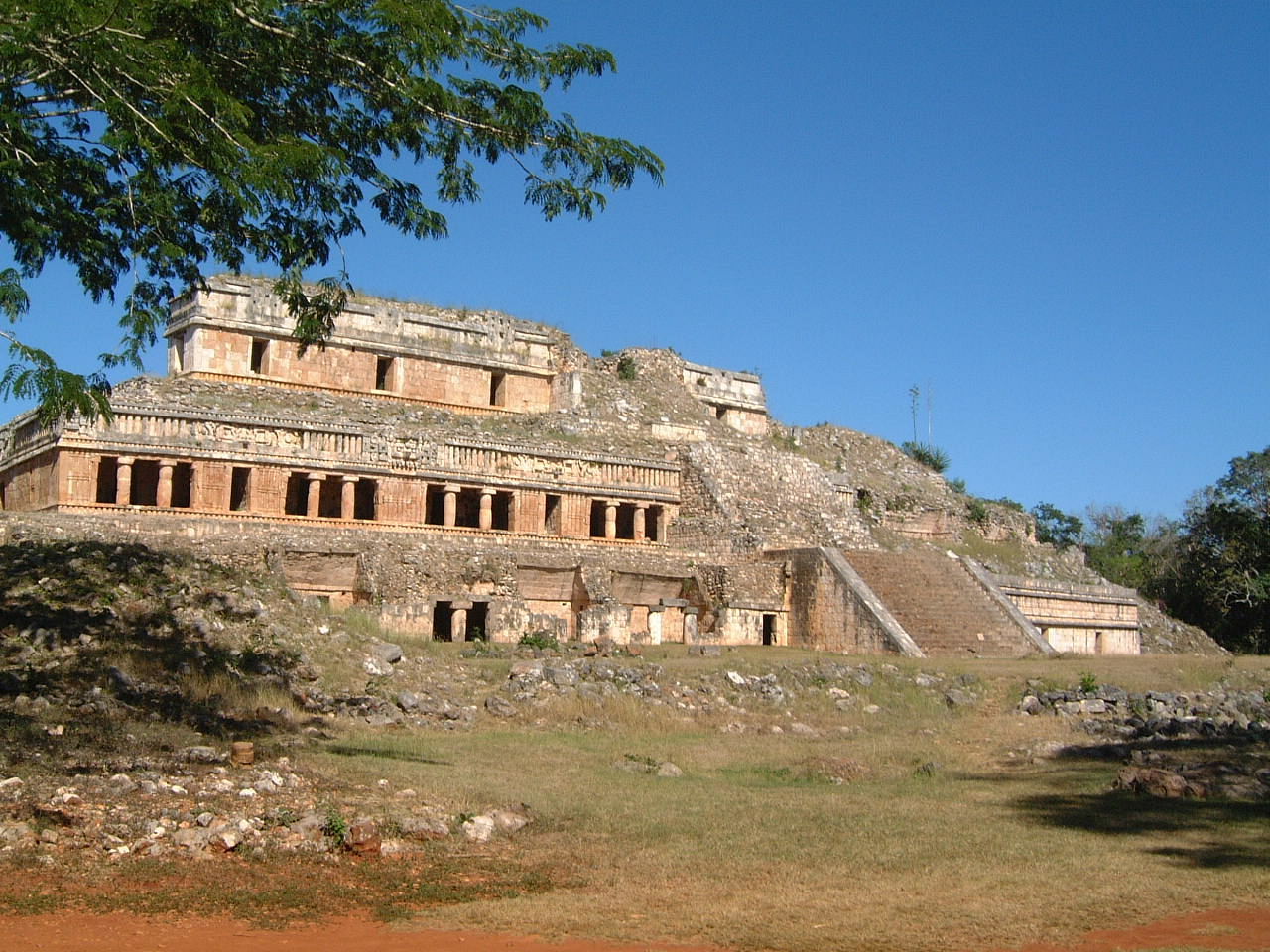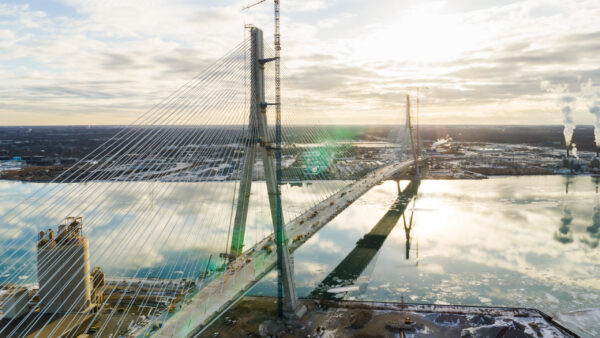
Archaeologists have presented their excavation work on the ruins of a 1,500-year-old Mayan settlement, complete with palaces, pyramids and plaza, discovered during work to build an industrial estate on the Yucatán peninsula in Mexico.
The work was being undertaken near Mérida, capital of the Yucatán. The ancient town, which is being called Xiol – the spirit of man – is thought to have had a population of around 4,000 in the period between 600AD and 900AD.
Xiol was discovered in 2018, leading archaeologists from the National Institute for Anthropology and History (INAH) to take over the site. The industrial estate was moved to another location.
The architecture of the town is similar to the south Yucatán Puuc style of architecture, characterised by façades with blank lower surfaces topped by elaborate stone mosaics that alternate geometric patterns with figures, often wearing a distinctive long-nosed mask in honour, it is thought, of the rain god Chaac.
This style is rarely seen in the northern part of the Yucatán.
Carlos Peraza, one of the INAH’s lead archaeologists, said the find had revealed something of Mayan social organisation. He told German newspaper DW: “There were people from different social classes … priests, scribes, who lived in these great palaces, and there were also the common people who lived in small buildings.”
Researchers also excavated a nearby burial ground and discovered the remains of 15 adults and children, who were interred with obsidian and flint tools, offerings and other belongings.
Work on the industrial park has continued at another location. Mauricio Montalvo, one of the owners of the land, said: “We realised the need to change our original plans because for our company, it’s more important to preserve the Mayan heritage.”
Further reading:










